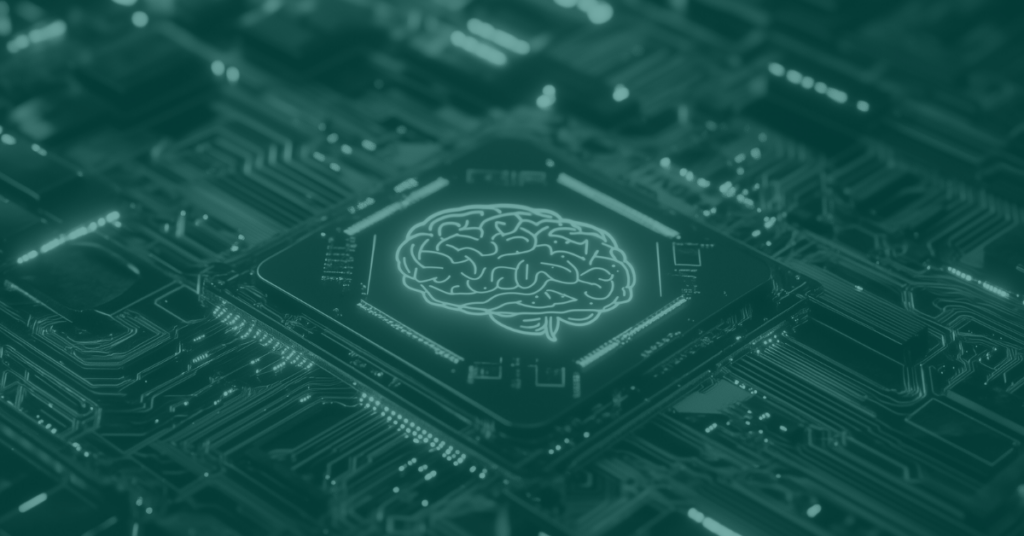The cybersecurity landscape is transforming quickly. Cyber threats are growing in sophistication and volume. Traditional defense mechanisms are struggling to keep up. This has led to the widespread adoption of Artificial Intelligence (AI). AI is a game-changer. It is rapidly becoming a double-edged sword in the fight for digital security.
Threat actors are already using AI for wide-scale attacks. They are manipulating perception and eroding trust. Malicious innovation is accelerating fast. Examples include deepfake-enabled fraud, multilingual phishing campaigns, and jailbroken LLMs built for crime.
What is Artificial Intelligence (AI)?
Artificial Intelligence (AI) refers to the field of computer science. It focuses on developing intelligent machines. These machines are capable of performing tasks that typically require human intelligence. It involves the creation and implementation of algorithms and systems. These enable machines to perceive, reason, learn, and make decisions based on data and patterns.
In a cybersecurity context, AI helps defenders:
- Analyze vast datasets in seconds.
- Detect behavioral anomalies that signal pre-attack reconnaissance or fraud.
- Translate and correlate multilingual content.
- Prioritize alerts by relevance and impact.
This capacity for rapid analysis, pattern recognition, and automation makes AI a critical component in modern cybersecurity strategies. It offers scalability and speed that human analysts alone cannot match.
AI: A Double-Edged Sword
Adversaries are Operationalizing AI
Threat actors are no longer just experimenting with AI. They are treating it as a revenue driver and attack accelerator. Tools like WormGPT, an illicit Large Language Model (LLM), demonstrate how AI is being used for cybercrime.
Other illicit applications for AI include:
- Deepfake-enabled fraud: AI is used to create highly realistic synthetic media for deceptive purposes, for use in cyberattacks and scams.
- Jailbroken LLMs: These are Large Language Models that have been intentionally manipulated to bypass safety and ethical guidelines.
- Multilingual phishing campaigns: Phishing attacks designed and executed across multiple languages, making them more effective against diverse global targets.
- Voice-cloning services: Using AI, highly realistic synthetic voices are created to mimic an individual, being highly effective in phishing and social engineering attacks.
Defenders are Modernizing Their Response
Security teams are faced with overwhelming data, accelerating threats, and rising executive pressure. They are embedding AI into their workflows to spot signals faster, sharpen investigations, and automate triage. This is done without sacrificing trust or context.
AI is helping security teams match adversaries. It does this by automating triage and extending analyst research. In one case, Flashpoint was able to help an organization leverage AI tooling. They discovered backup Telegram channels created by a tracked threat actor within minutes. This allowed analysts to take swift, targeted action.
Real-World Application: Flashpoint and AI
Flashpoint applies AI strategically. We base our approach in analyst workflows and customer outcomes. Here is a look at some of the transformative impacts of our AI-driven technologies and the unique advantages they bring to the table:
Learn More about Flashpoint and AI
AI is not just a technological advancement. It is a fundamental shift in how we approach cybersecurity. It empowers defenders to analyze massive datasets, detect sophisticated anomalies, and respond with unprecedented speed. However, its effectiveness is maximized when paired with human expertise. This ensures that automated insights are contextualized and actionable.
Download AI and Threat Intelligence: The Defenders’ Guide today to learn how to apply AI strategically using Flashpoint.
Frequently Asked Questions (FAQs)
Q: What is AI?
A: AI is a field of computer science focused on creating intelligent machines. These machines can perform tasks typically requiring human intelligence, such as perceiving, reasoning, learning, and making decisions based on data.
Q: How does AI help detect threats?
A: AI helps detect threats by analyzing vast datasets for patterns. It identifies behavioral anomalies, correlates multilingual content, and prioritizes security alerts. This enables faster and more accurate threat detection than traditional methods alone.
Q: How can organizations get started with AI in their security operations?
A: Organizations can start by identifying specific pain points (e.g., alert fatigue, slow incident response). They can then pilot AI-powered solutions for those areas. They should focus on solutions that augment human analysts rather than replacing them. They must also ensure data quality for AI training.
Get the latest news and insights delivered to your inbox.
Interested to see top news from Flashpoint hit your inbox directly? Subscribe to our newsletter to receive curated content on a regular basis.

